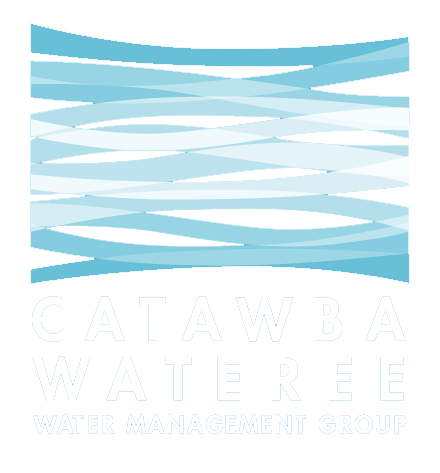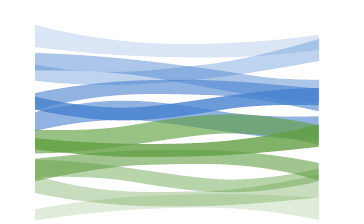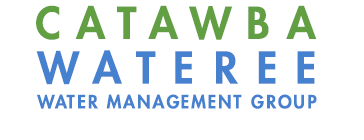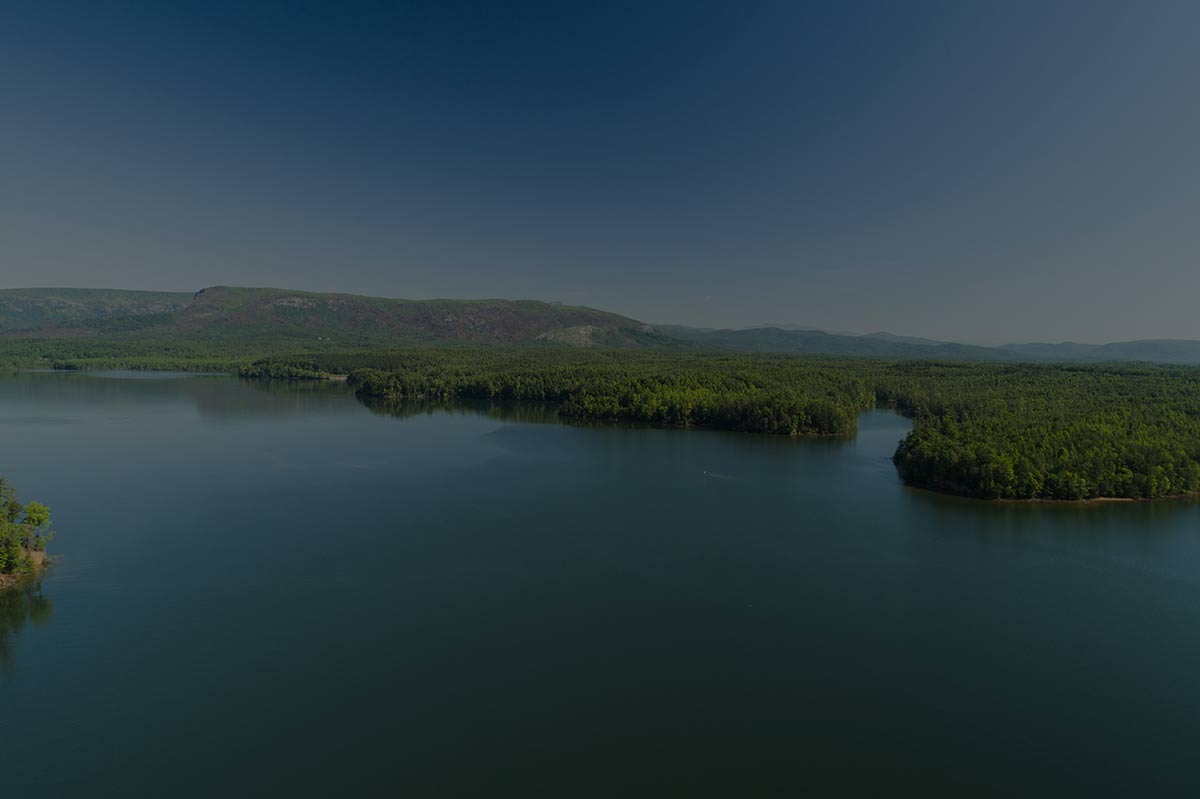Catawba Wateree Water Management Group 2015 Annual Report
We Must Protect, Preserve and
Extend our Water Supply
2014 Water Supply Master Plan
The Water Supply Master Plan included
- Input and guidance from a 19-member public stakeholder team representing environmental interests, lake users, various local governments and state agencies
- Updated long-term water use projections in the Basin (to the Year 2065)
- Evaluation of numerous options to extend the available water supply
- New long-term Basin-wide strategies to ensure sustainable water supplies for decades beyond current expectations
Implementing the Water Supply Master Plan
The WSMP is a long-term, multi-phase planning tool. The CWWMG completed Phase 3 of the plan, the Water Quality Program. In 2018, the Water Quality Program provides insight into current and future water quality issues and available treatment options to help members plan for sustainable delivery of safe water to their customers.
Upon completion of the WSMP in 2014, the CWWMG participated in a public outreach campaign and sought resolutions of support for the WSMP from the governing bodies of each of the CWWMG members. This initial public outreach effort has allowed for extensive input by other regional stakeholders regarding the Master Plan. Formal comments and responses are provided below.
- News Release
- Resolutions of Support
- Comments and Responses to WSMP
- Thermal Generation Cooling Considerations
In addition to member involvement and input during plan development, the CWWMG assembled a Strategic Advisory Team (SAT) to allow for advisory level input by key organizations having an interest in the future planning efforts for the Basin.
The CWWMG’s intent for the SAT was to ensure a broader level of input from a diverse group of interested stakeholders.
No, we are not running out of water, but the amount of water we currently have available may not sustain further population growth and development past about mid‐century.
The plan calls for a series of balanced measures throughout the Basin designed to: 1) make more water available, 2) use water more efficiently, and 3) continue to improve our Basin‐wide response to and management of droughts.
The Master Plan calls for a variety of new initiatives; some of which can be implemented in the near‐term (e.g., 2015‐2016) and others that will not be implemented for several decades (some as late as mid‐century). The details of the implementation process are still evolving at this time.
Communication of the Master Plan is the next step for the Catawba‐Wateree Water Management Group (CWWMG). The CWWMG will invest a lot of additional time in 2014 in dialogue about the Master Plan with regional decision makers, the Stakeholder Advisory Team and other advisory groups throughout the Basin. After those additional discussions are completed, the CWWMG will decide if any near‐term revisions to the Master Plan are needed.
Responding to future water needs is inevitable and it is best to develop a response plan during times of more normal water availability, not when the region is staring in the face of an actual water shortage. This Master Plan is a collaborative, long range, and effective way to respond now rather than when a crisis arises. If the Master Plan is not adopted, the region can expect to reach water quantity‐based limitations on our ability to grow a lot sooner (approximately 2050 rather than 2100).
Every person has a role. Reducing individual water use is one of the most efficient, no‐cost ways to meet our goals of making our available water supply last longer. Complying with local water use restrictions in the event of future droughts is another way. Finally, supporting your city and county governments in implementing the recommendations of the Master Plan is important to its success.
Funding for plan development was provided by the State of North Carolina, the State of South Carolina, the Duke Energy Foundation and by the CWWMG through dues paid by its member organizations.
The CWWMG and its consultants, HDR Engineering and McKim & Creed, first worked to understand the hydrology and demands on the Catawba‐Wateree River system. From there, the team collected information about water supply management and enhancement strategies from across the country and around the world and applied it to the eleven Catawba‐Wateree reservoirs. The team used complex planning tools (including a sophisticated computer model, climate change predictions, and water us efficiency methods) to evaluate practical options that could become parts of a plan that works for the region.
This team also significantly upgraded the water quantity computer model previously developed during the Catawba‐Wateree Hydro Project relicensing process. Guided by a stakeholder advisory team, these options were further discussed and developed to find viable strategies to extend the reliability of our water supply compared to previous projections (2050). The result is a plan boosting the sustainability and reliability of the Basin’s water supply into the next century (2100).
The CWWMG is made up of Duke Energy and the 18 public drinking water utilities that have water intakes along the main stem of the river including the City of Belmont, City of Camden, Union‐Lancaster Catawba River Water Treatment Plant, Charlotte‐Mecklenburg Utility Department, Chester Metropolitan District, City of Gastonia, Town of Granite Falls, City of Hickory, City of Lenoir, Lincoln County, Town of Long View, Lugoff‐Elgin Water Authority, Town of Mooresville, City of Morganton, City of Mount Holly, City of Rock Hill, City of Statesville and Town of Valdese.
The CWWMG is a non‐profit corporation founded in 2007 to identify, fund, and manage projects that will enhance the capabilities of the Catawba‐Wateree River to provide water resources for human needs (e.g., water supply, power production, industry, agriculture, and commerce), while maintaining the river’s ecological health.
The CWWMG serves the 4,750‐square‐mile Catawba‐Wateree River watershed from Lake Wateree upstream, providing water for communities from Morganton, NC to Camden, SC and supplying water to approximately one‐fourth of Duke Energy’s power generation capacity in the Carolinas.
| CWWMG Meetings | Stakeholder Advisory Team Meetings |
|---|---|
| 2012 August WSMP Update Presentation |
2012 August SAT Mtg #1 WSMP Update PresentationWSMP Update PresentationMtg Notes |
| 2013 February WSMP Update Presentation |
2012 October SAT Mtg #2 WSMP Update PresentationMtg Notes |
| 2013 April WSMP Update Presentation |
2013 March SAT Mtg #3 WSMP Update PresentationMtg Notes |
| 2013 June WSMP Update PresentationWorkshop Notes |
2013 August NCDWR Stakeholder Mtg CHEOPS Enhancement Presentation |
| 2013 August WSMP Update Presentation |
2013 August SAT Mtg #4 WSMP Update PresentationMtg Notes |
| 2013 October WSMP Update Presentation |
2013 November SAT Mtg #5 WSMP Update PresentationMtg Notes |
| 2014 February WSMP Update Presentation |
2014 April SAT Mtg #6 WSMP Update PresentationMtg Notes |
| 2014 April WSMP Update Presentation |
2014 June SAT Mtg #7 Thermal Cooling PresentationMtg Notes |



